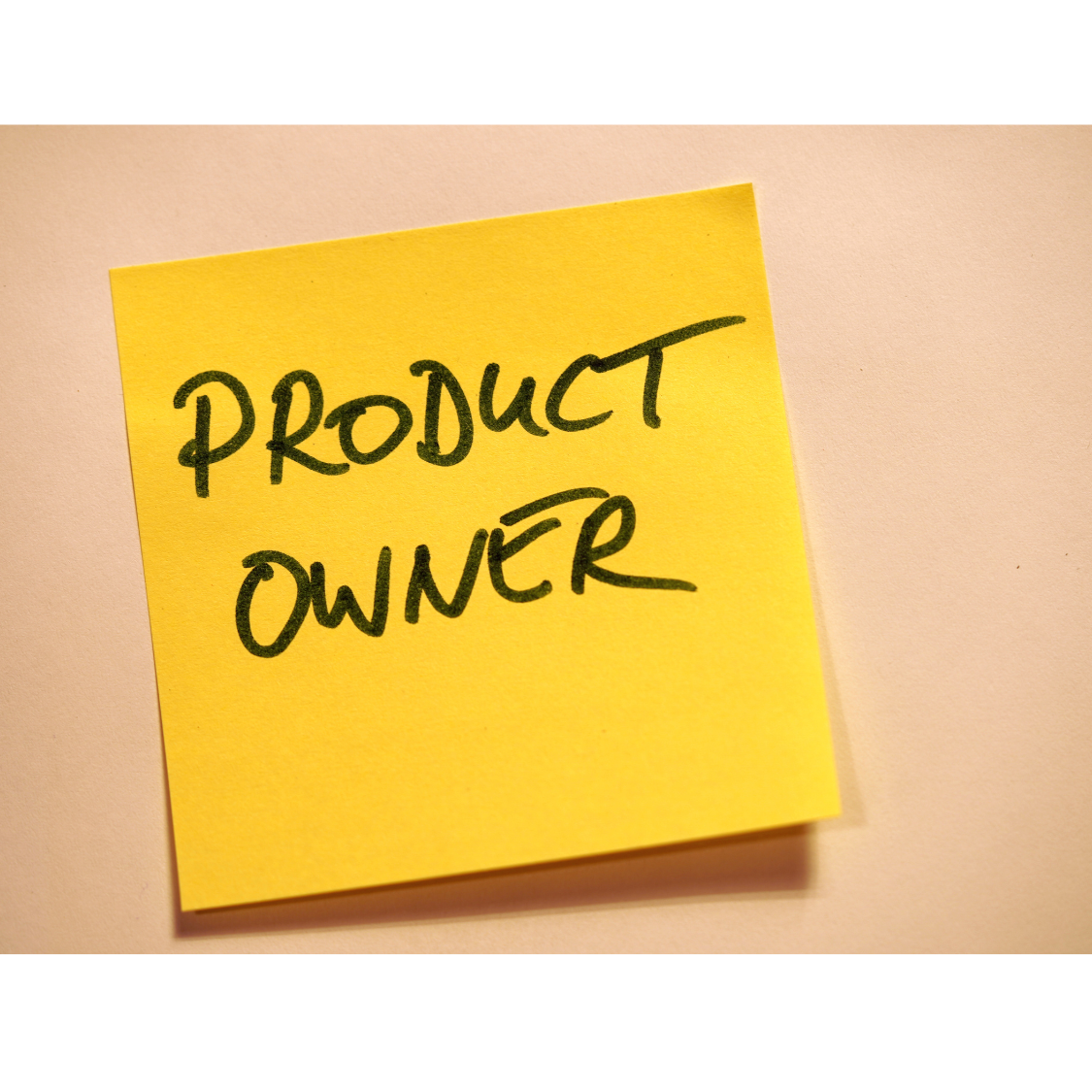In large-scale agile environments, the roles of the Product Owner (PO) and Product Manager (PM) become strategically important. These roles are crucial to ensure that agile teams focus on creating business value while meeting customer needs. Within the Scaled Agile Framework (SAFe), these roles are well-defined and play a key part in managing priorities and aligning teams with the organization’s business objectives.
This article explores the role of the Product Owner and Product Manager in large agile organizations, highlighting their responsibilities, the skills needed to succeed, and their impact on the overall success of projects.
What is the Difference Between a Product Owner and a Product Manager?
In traditional agile frameworks like Scrum, the Product Owner is responsible for maximizing product value. In a SAFe framework, the role expands to include collaboration with a Product Manager. Here’s how these roles differ:
- The Product Owner (PO): Primarily focused on the development team, the PO manages the product backlog, prioritizes features based on value and stakeholder needs, and ensures the team understands functional requirements. The PO works closely with the development team to ensure user stories are clear and well understood.
- The Product Manager (PM): This role is more strategic. The PM focuses on the long-term product vision, engages with stakeholders and customers to define the roadmap, and ensures the product meets market demands. The PM also oversees high-level priorities and ensures consistency across products within the organization.
In large agile organizations, these two roles work hand-in-hand to align business strategy with product delivery.
The Role of the Product Owner in a SAFe Framework
In a SAFe framework, the Product Owner plays a crucial role at the team level. They are responsible for ensuring the team delivers product increments that bring real value in each iteration. Here are some key responsibilities of the Product Owner:
- Manage and Prioritize the Backlog: The Product Owner is responsible for managing the product backlog and prioritizing user stories based on business value. This involves working closely with stakeholders to understand their needs and adjust priorities accordingly.
- Communicate Requirements to the Team: The PO ensures that the development team fully understands the requirements. This includes writing user stories, clarifying acceptance criteria, and answering developer questions during sprints.
- Ensure Product Quality: In collaboration with the team, the Product Owner ensures that delivered features meet quality standards and provide real value to end users.
- Actively Participate in Scrum Events: The Product Owner plays an active role in Scrum events such as sprint reviews, retrospectives, and sprint planning. Their involvement ensures the team stays aligned with business priorities.
The Product Owner acts as the bridge between market needs and the development team, ensuring agile teams focus on features that maximize value for users.
The Role of the Product Manager in a SAFe Framework
The Product Manager, on the other hand, is responsible for the long-term vision and strategy of the product. In a SAFe framework, the Product Manager operates on a broader horizon, ensuring the product roadmap aligns with the organization’s strategic goals.
Key responsibilities of the Product Manager include:
- Defining the Product Vision: The Product Manager is responsible for defining a clear, inspiring product vision that aligns with the company’s strategic objectives. They must understand customer and market needs and ensure the product addresses them effectively.
- Managing the Product Roadmap: The PM manages the product roadmap, which outlines upcoming product features and priorities. They collaborate with stakeholders to ensure the roadmap aligns with business needs and anticipates market trends.
- Coordinating Across Teams: The Product Manager works with multiple development teams within the Agile Release Train (ART). They ensure effective coordination between teams and manage dependencies to achieve business goals in each iteration.
- Prioritizing Epics and Features: The PM is also responsible for prioritizing epics and features in the program backlog. They ensure teams are working on the most critical initiatives in alignment with business strategy.
Key Skills for Success as a Product Owner/Manager
Both the Product Owner and Product Manager roles require specific skills to succeed in large-scale agile organizations:
- Communication Skills: POs and PMs must be excellent communicators, able to engage with both business stakeholders and technical teams.
- Leadership and Influence: They must be natural leaders, capable of motivating teams and influencing decisions to ensure priorities are respected.
- Market Understanding: The Product Manager, in particular, needs a strong understanding of market needs and must anticipate changes to guide product strategy.
- Prioritization Skills: In dynamic and changing environments, POs and PMs must prioritize the most important initiatives effectively.
The Importance of Training for Product Owners and Product Managers
In a SAFe framework, the roles of Product Owner and Product Manager are essential for aligning business strategy with development teams. To ensure success in these roles, it’s important to train POs and PMs in agile best practices and SAFe tools.
Our SAFe Product Owner/Product Manager (PO/PM) training is designed to equip POs and PMs with the necessary skills to succeed in complex agile environments. It covers backlog management, team coordination, and aligning business priorities with product goals.
Conclusion
The role of the Product Owner and Product Manager in an agile organization is fundamental to ensuring that developed products meet market needs and deliver maximum value to the business. Their close collaboration ensures strategic alignment while maintaining agility within teams. To succeed in these roles, it’s essential to have a deep understanding of market expectations and to prioritize the most important features effectively.

